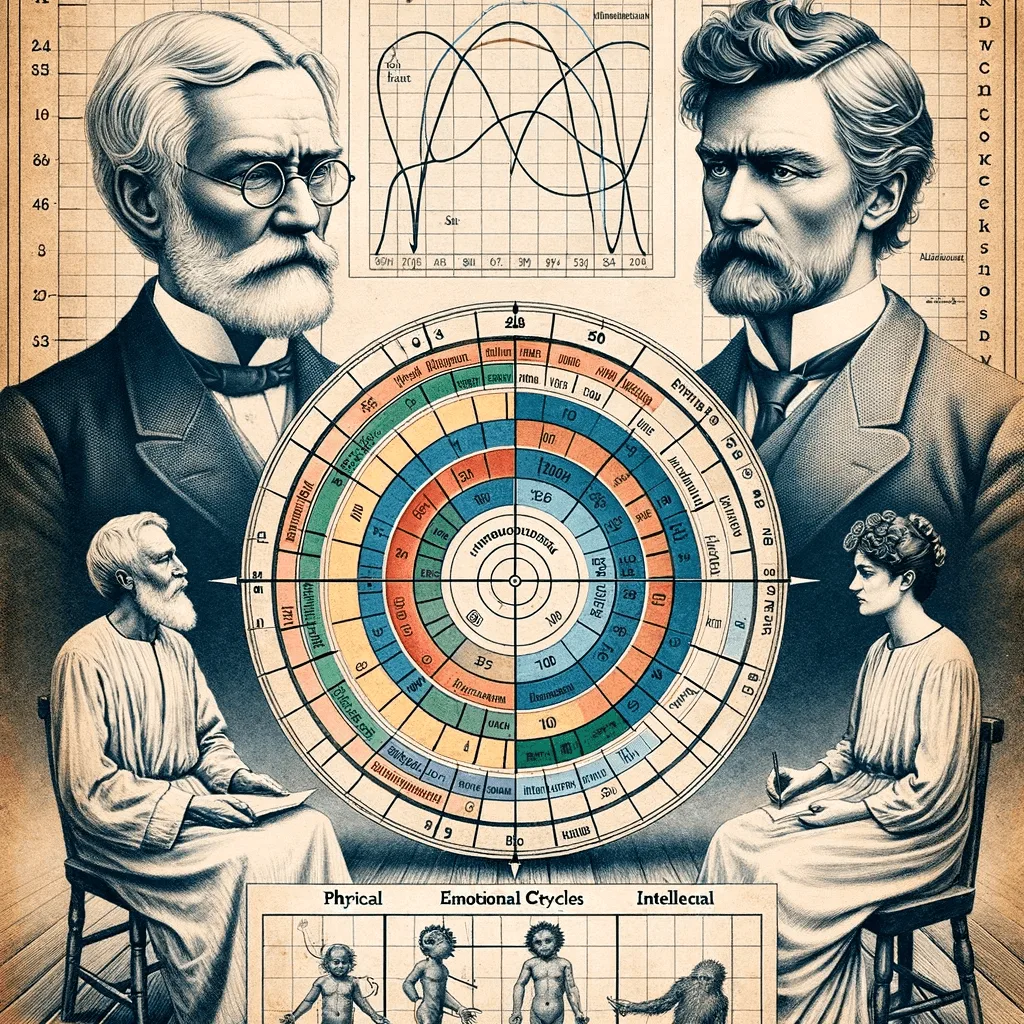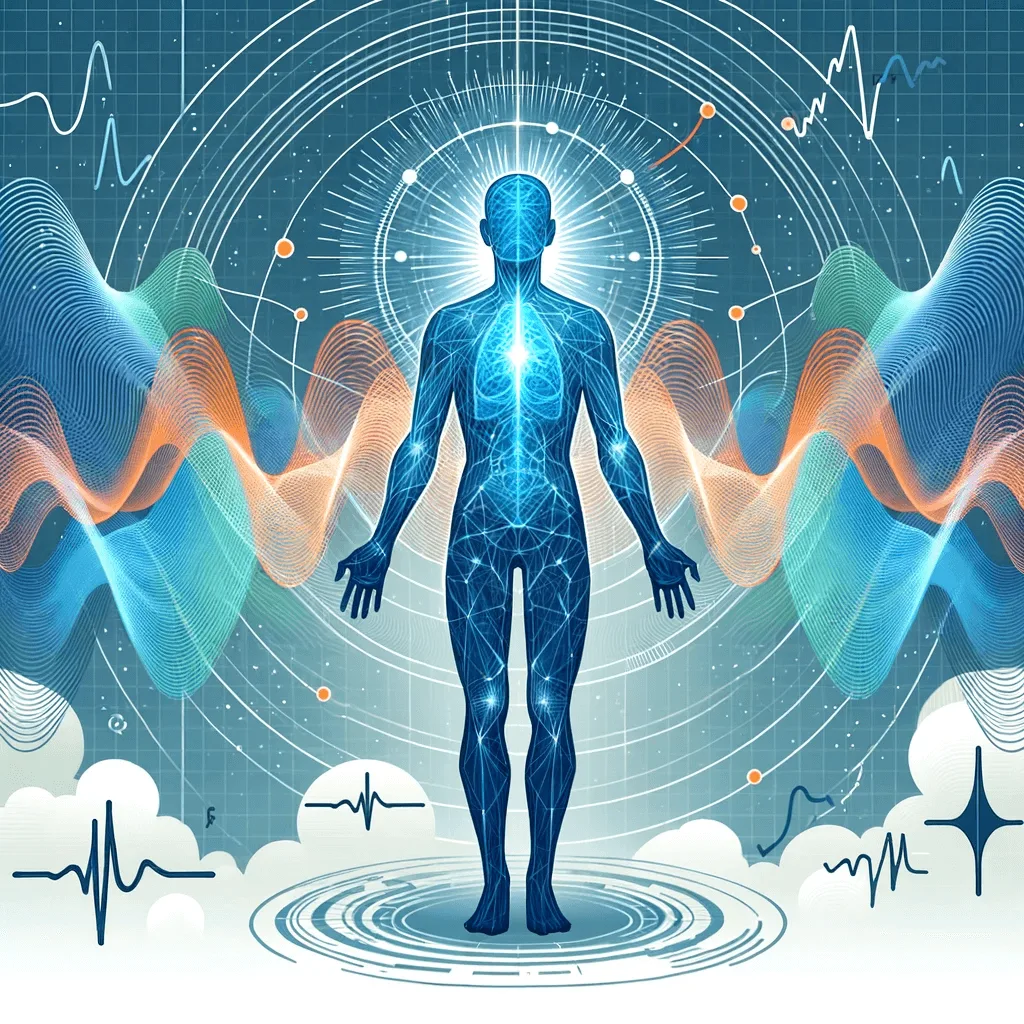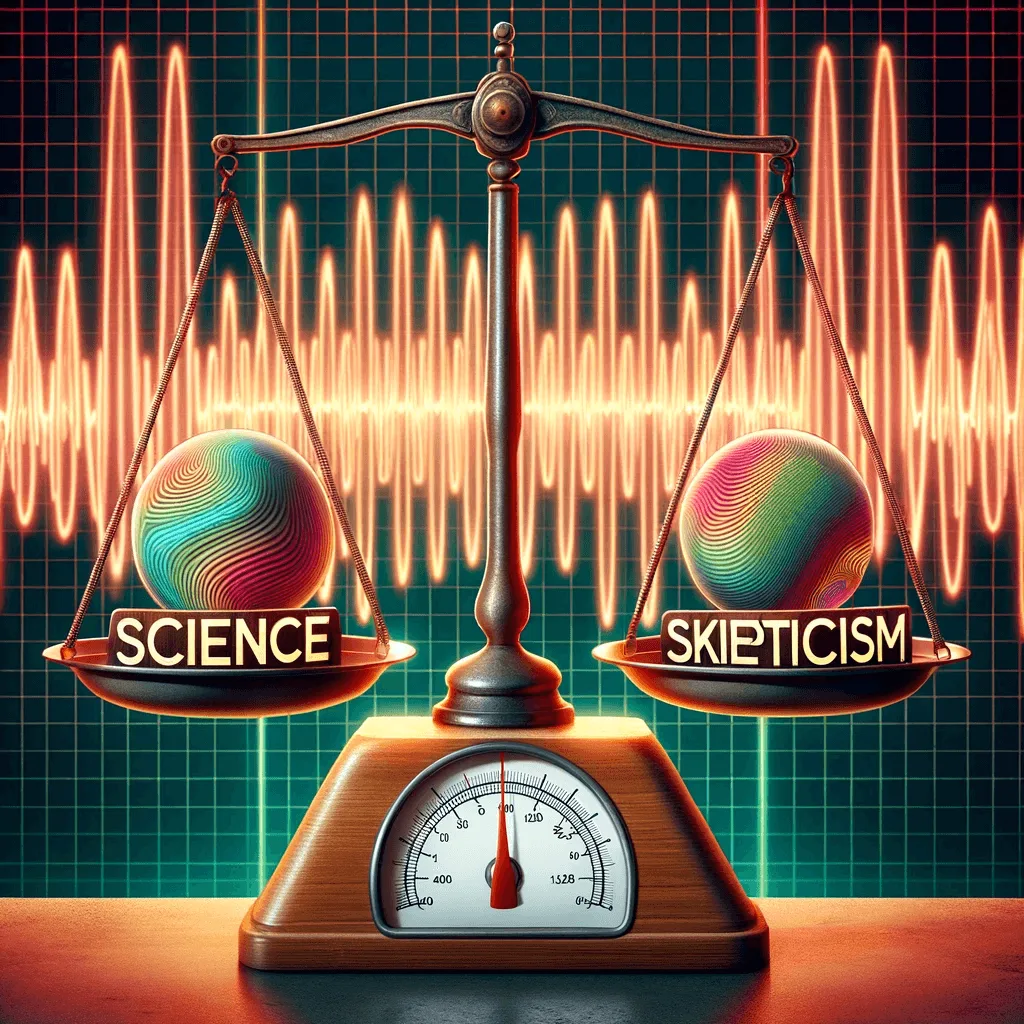
Biorhythms: A Journey Between Science & Skepticism
The concept of biorhythms, suggesting intrinsic cycles that govern human behavior and well-being, has both captivated and confounded minds for decades. But does this theory hold water in the realm of rigorous scientific scrutiny?
article by Adrian Wallace
Historical Context
The early 20th century saw the emergence of the biorhythmic concept, with figures like Dr. Wilhelm Fliess and Hermann Swoboda charting rhythmic patterns in human behaviors. They proposed three primary cycles: physical (23 days), emotional (28 days), and intellectual (33 days), each influencing specific facets of human existence.

The Scientific Method: Seeking Empirical Evidence
For any theory to gain acceptance in the scientific community, it must undergo rigorous testing, replication, and peer review. Biorhythms, like other concepts, were subjected to empirical studies aiming to validate or debunk their claims.
Studies & Results: A Mixed Bag
Over the decades, various research endeavors have explored biorhythmic claims:
- Some studies, particularly those in the realm of sports performance and academic achievements, have found correlations between biorhythmic states and performance metrics.
- Conversely, many other studies have found no significant correlations, challenging the predictive validity of biorhythmic charts.

Skepticism & Criticisms: The Counterarguments
Several criticisms have been leveled against biorhythms as a science:
- Lack of Mechanistic Explanation: Critics argue that the theory lacks a clear biological or physiological mechanism that underpins the proposed cycles.
- Generalization: The fixed cycle durations (23, 28, 33 days) are seen as overly generalized, not accounting for individual variations.
- Confirmation Bias: Some believe that positive correlations arise from individuals selectively recalling accurate predictions and ignoring inaccuracies.

Biorhythms Beyond Science: Cultural & Personal Resonance
Despite scientific skepticism, biorhythms have found a place in popular culture and personal well-being practices. Many individuals swear by their biorhythmic charts, using them as guidance tools in daily life. This personal resonance speaks to the holistic and intuitive appeal of the concept, even if it remains scientifically contentious.
Modern Perspectives: The Evolving Discourse
With advances in chronobiology and the study of circadian rhythms, there's growing interest in understanding the various cycles that influence human behavior and physiology. While traditional biorhythmic cycles might not have garnered unanimous scientific support, the broader exploration of biological rhythms continues to gain traction.

The question of biorhythms as a valid science remains a topic of debate, with valid arguments on both sides. What's clear is that the journey of understanding human rhythms, whether through traditional biorhythmic lenses or modern chronobiological perspectives, is far from over. As science progresses, one can only hope for clearer insights and answers in the rhythmic dance of human existence.
Published: 10/25/2023
Modified: 10/25/2023
More predictions
Come back here soon to learn more about yourself and your future


Biorhythms: Shaping The Tapestry Of Our Lives
Biorhythms, rooted in ancient beliefs and modern theories, propose that our lives are governed by innate cycles. These rhythmic patterns, like invisible threads, are believed to weave through our physical, emotional, and intellectual domains, influencing our day-to-day experiences and overall well-being.


The Link Between Biorhythms & Astrology
Both biorhythms and astrology offer intriguing perspectives on the patterns and rhythms of human existence. While they have distinct origins and methodologies, there's a palpable connection between these two disciplines. This article explores the intersections, parallels, and shared wisdom of biorhythms and astrology in understanding our place in the universe.


Biorhythms: Fact Or Fiction?
Biorhythms are believed to be natural cycles that affect various aspects of our lives, from our physical and emotional states to our cognitive abilities.